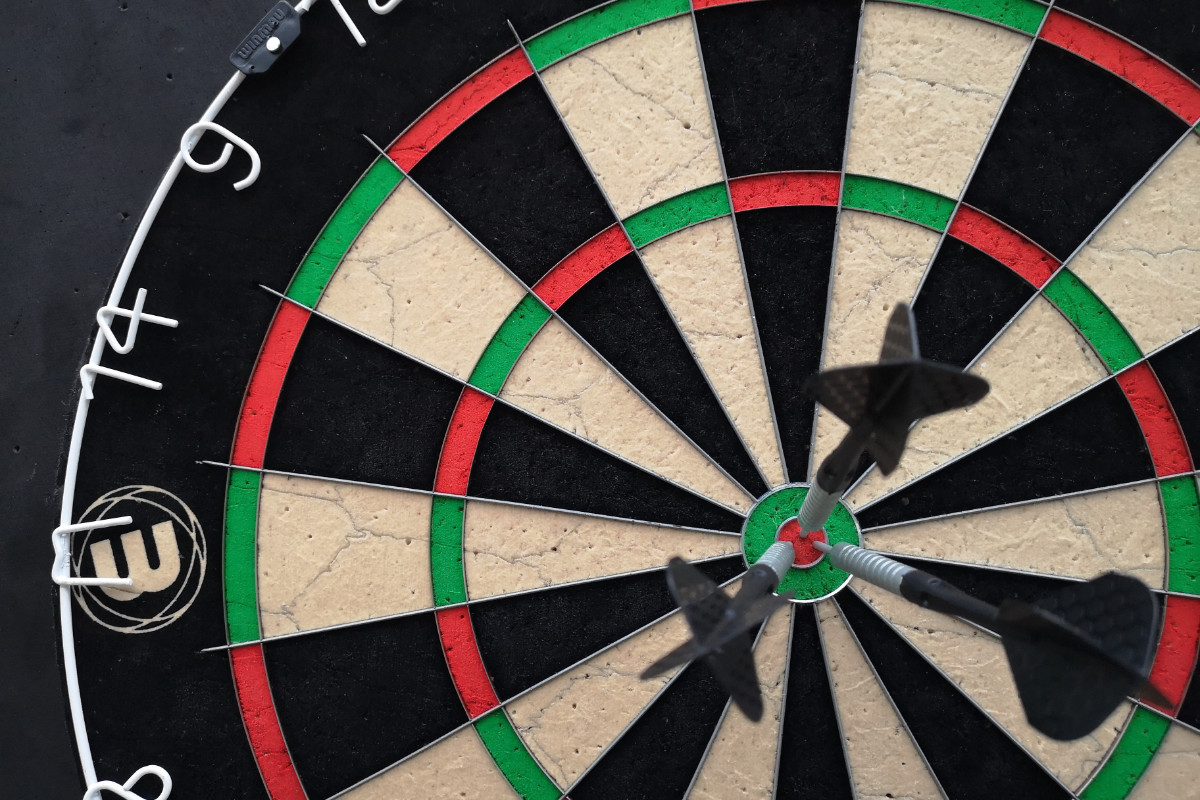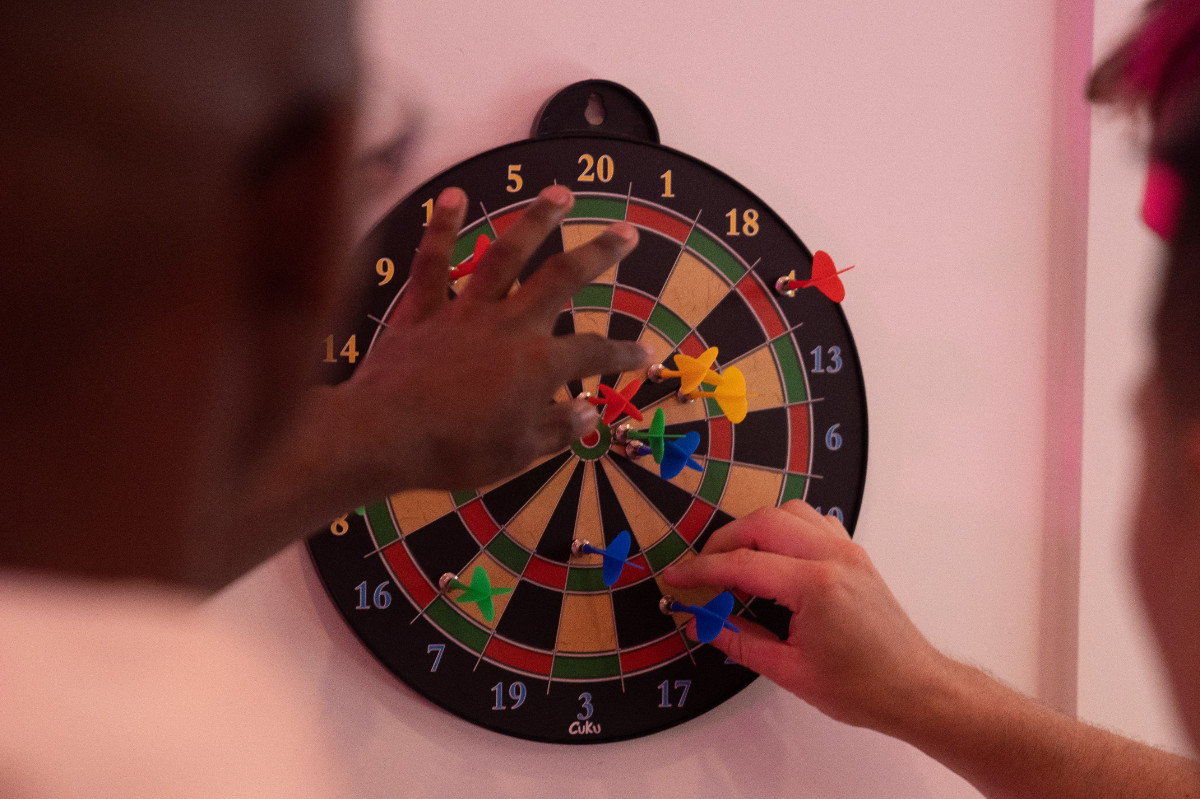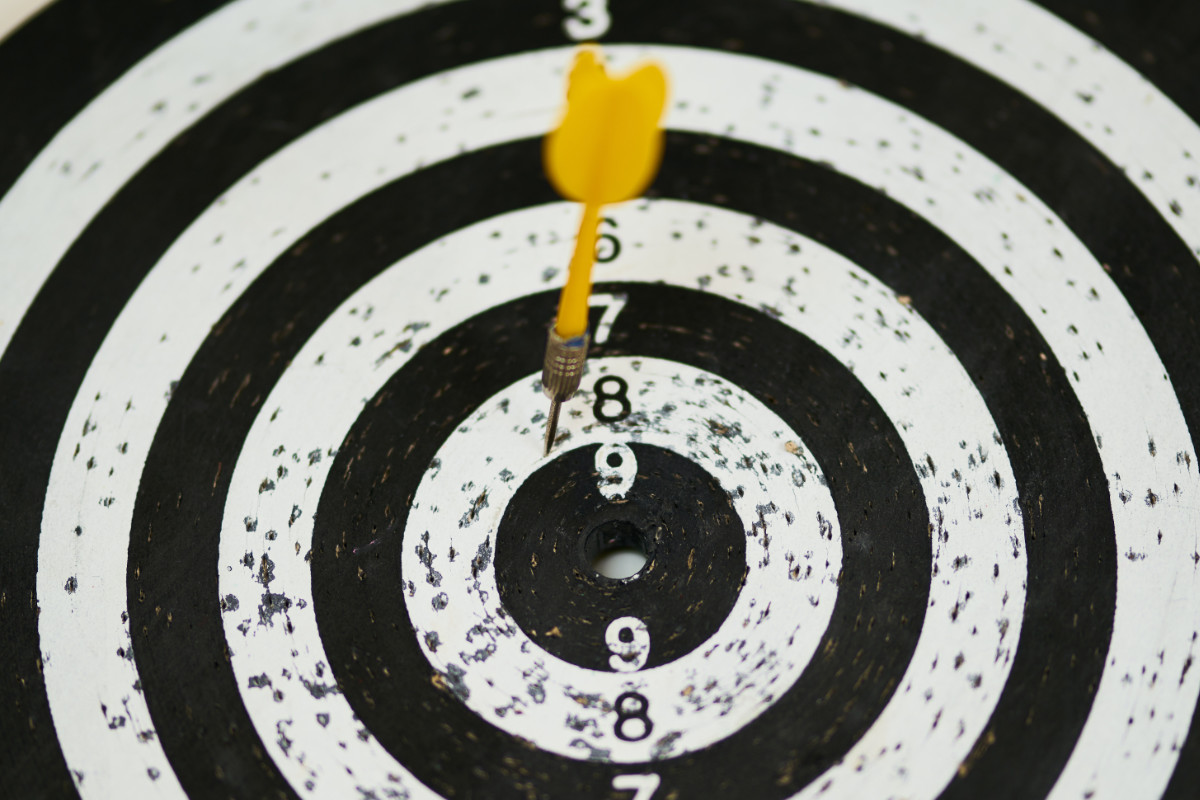At first glance, it might seem counterintuitive that the center of a dartboard, the bullseye, is worth less than the triple twenty. However, there’s a good reason for this design choice, which impacts both scoring and gameplay strategy. In this blog post, we’ll explore why the bullseye is worth less than the triple twenty and how this fascinating aspect of dartboard design affects the way we play the game.
A Quick Overview of Dartboard Scoring
Before we dive into the heart of the matter, let’s quickly review dartboard scoring. A standard dartboard is divided into 20 numbered segments, with each segment having four different scoring areas:
- Single: The large outer area of each segment
- Double: The thin outer ring, worth double the segment’s number
- Triple: The thin inner ring, worth triple the segment’s number
- Bullseye: The center of the dartboard, with two parts – the outer bull (25 points) and inner bull (50 points)
Why Is the Bullseye Worth Less Than Triple Twenty?
The primary reason for the bullseye’s lower value compared to the triple twenty lies in the strategic design of the dartboard. Consider these key factors:
- Encouraging skill development: Awarding the highest score for hitting the triple twenty (60 points) rather than the bullseye promotes skill development and accuracy. Players must aim for a smaller target area within a specific numbered segment, which requires greater precision and focus.
- Balancing risk and reward: The layout of the dartboard encourages players to take risks. While aiming for triple twenty offers the highest potential score, it also presents the danger of hitting a low-scoring one or five, located on either side of the twenty segment. This adds an element of risk management and strategy to the game.
- Historical tradition: Dartboard design has its roots in traditional pub games, which aimed to challenge players and create excitement. The scoring system, with the triple twenty as the highest-scoring area, has become an integral part of the game’s history and identity.
How Does Dartboard Design Influence Gameplay Strategy?
The value difference between the bullseye and triple twenty impacts gameplay strategies in various ways:
- Target selection: Skilled players often focus on high-scoring areas like triple twenty, while less experienced players may opt for the larger, more forgiving bullseye area.
- Checkout strategies: In games like 501, players must consider their current score and the most efficient route to checkout. This may involve aiming for triple twenty or other high-value targets rather than the bullseye.
- Adaptability: The diverse scoring areas on a dartboard require players to adapt their aim and technique depending on their goals and game situation. Understanding the value of each target area and how it relates to the overall game strategy is essential for success.
Conclusion
The intriguing design of the dartboard, with the bullseye worth less than the triple twenty, encourages players to develop their skills, strategize, and take calculated risks. The unique scoring system has deep historical roots and significantly impacts gameplay, making darts an engaging and challenging sport. By understanding the reasoning behind the dartboard’s design, you can better appreciate the nuances of the game and develop your own strategies to excel at this popular pastime.



